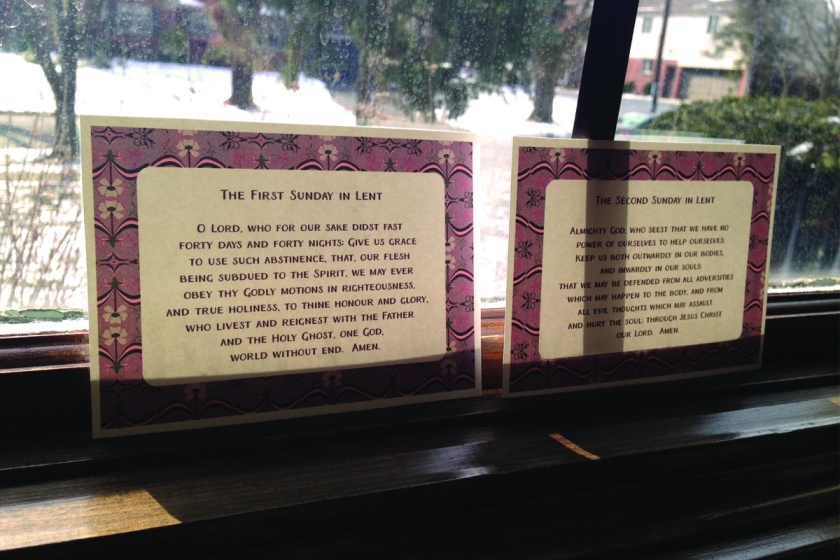Devotional Art: A Lenten Reflection
Our priest’s wife, Sandy Mc Namara, is a teacher and art historian. She offers this reflection for us in the midst of Lent. Dutch Baroque artist Rembrandt van Rijn over the course of his lifetime painted hundreds of images depicting many Old and New Testament historical events, stories, and parables. Rembrandt is considered a Baroque painter, not only because he lived and painted during the 17th century, but also because his style and technique reflect many major characteristics of that period. Baroque art emphasized the theatrical and dramatic through focused use of strong light/dark contrasts, emotion, and dramatic scenes. One scene of Christ’s earthly ministry that intrigued Rembrandt was the instant when the two disciples who walked the road to Emmaus with Jesus, first realized they were interacting with their Lord after having witnessed his execution and burial. Rembrandt was an artist of human experience who loved to capture the emotional reaction of his subjects at crisis moments. He studied the human face, and attempted to depict the instant of epiphany and realization. This Emmaus …








